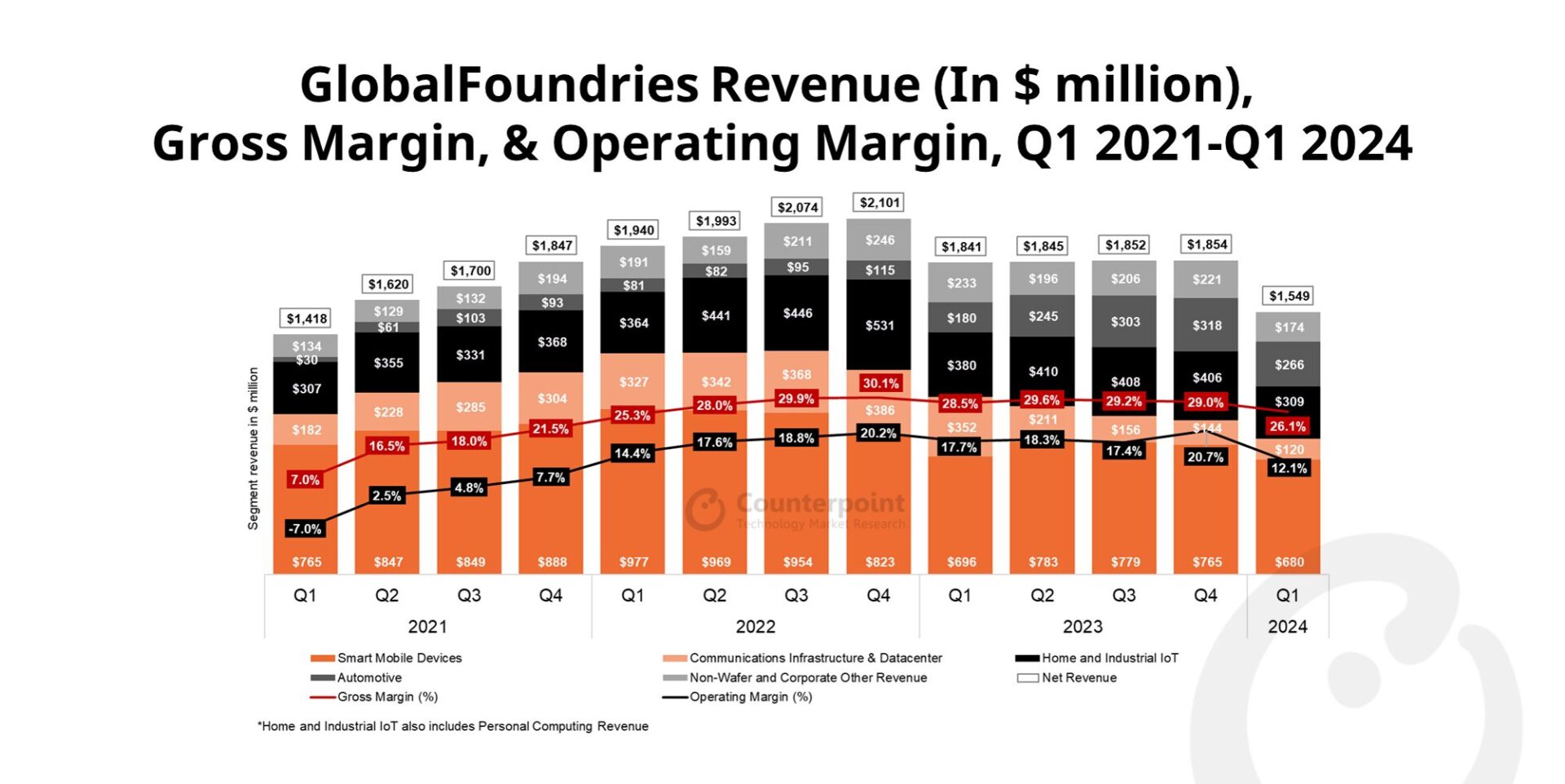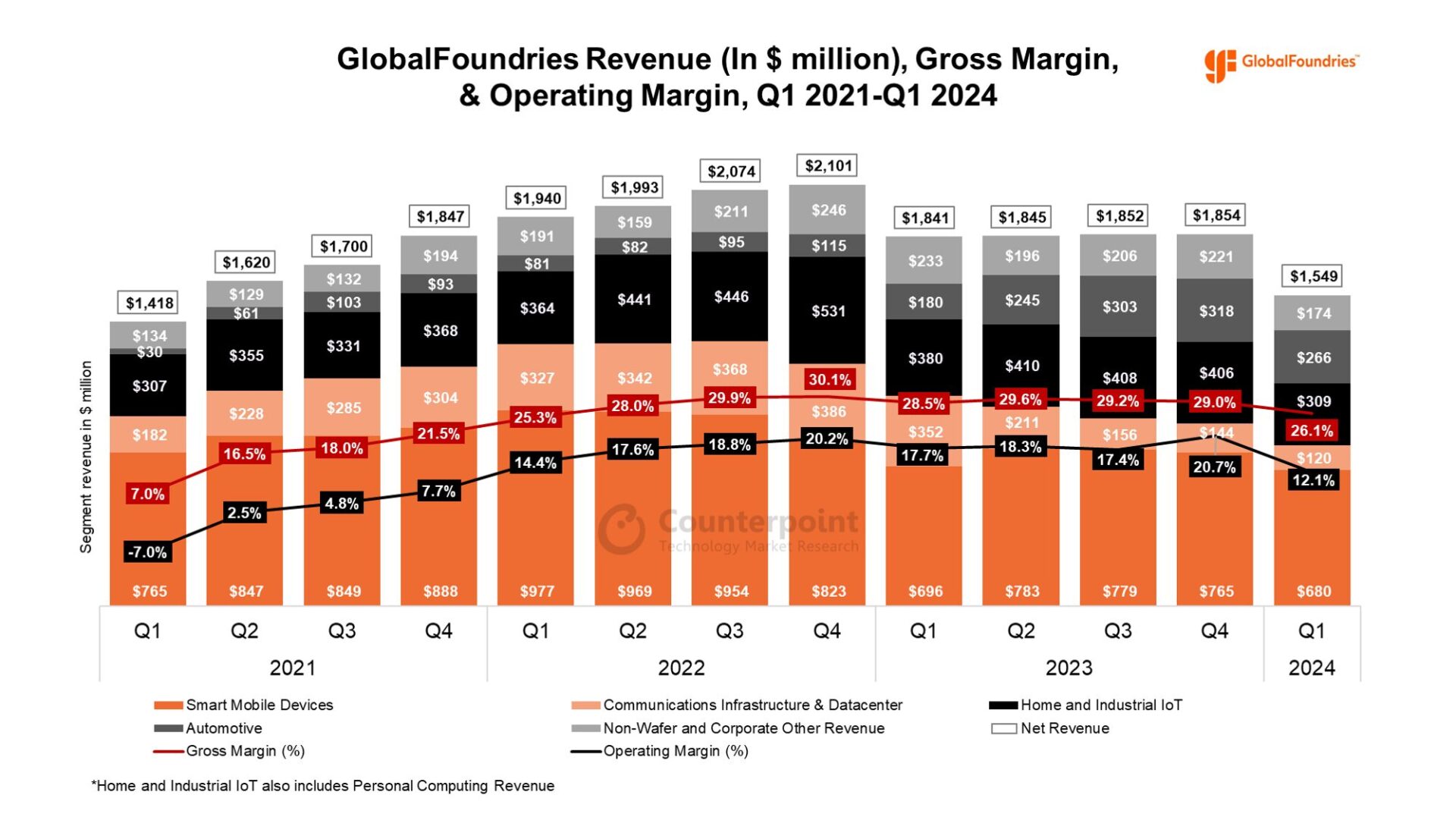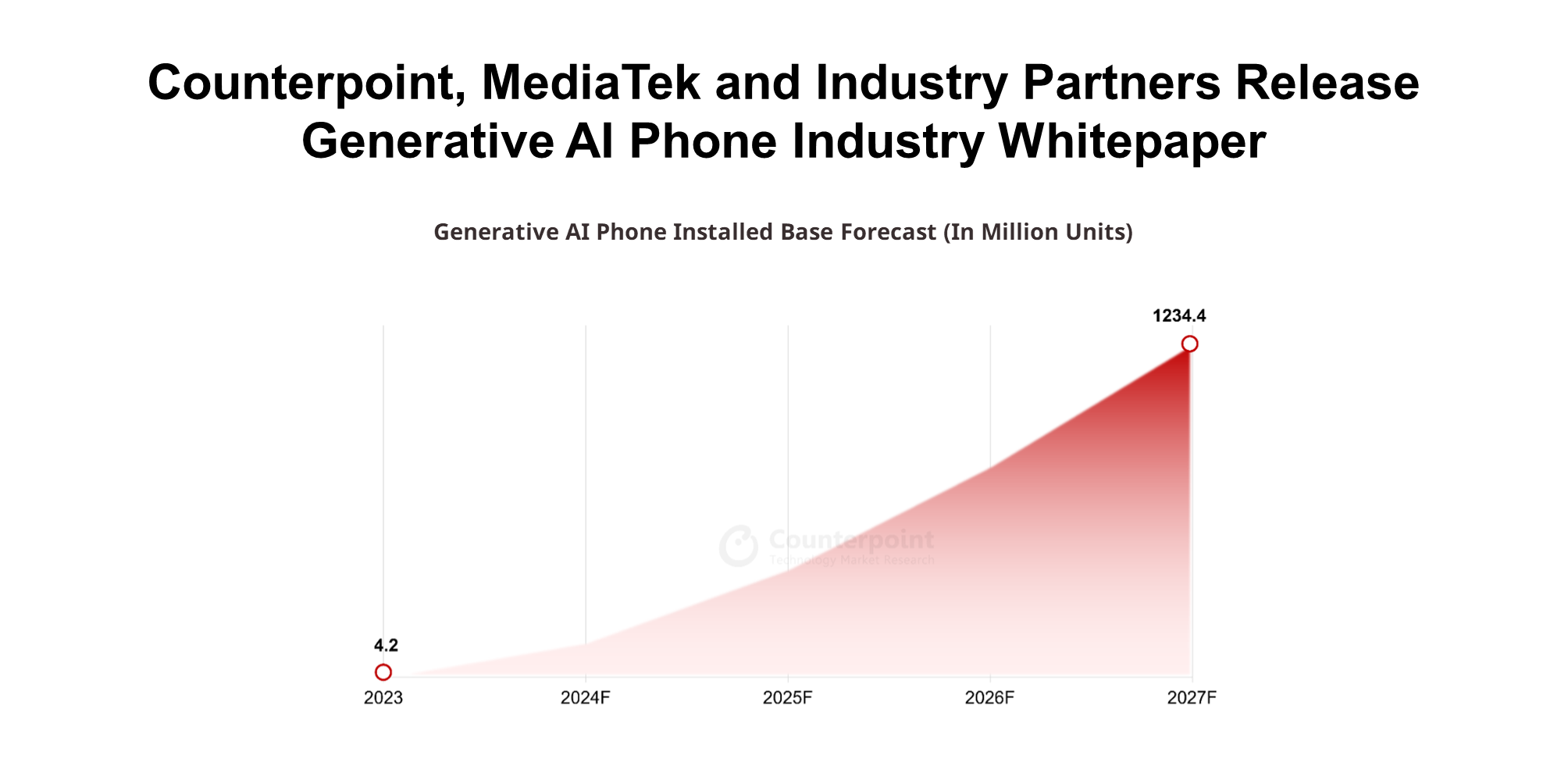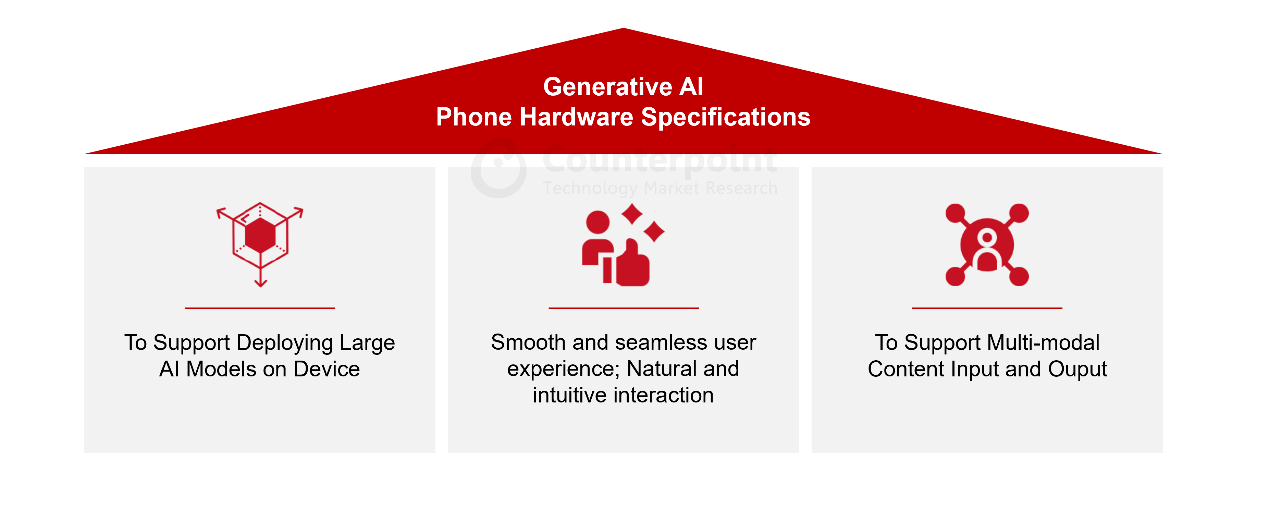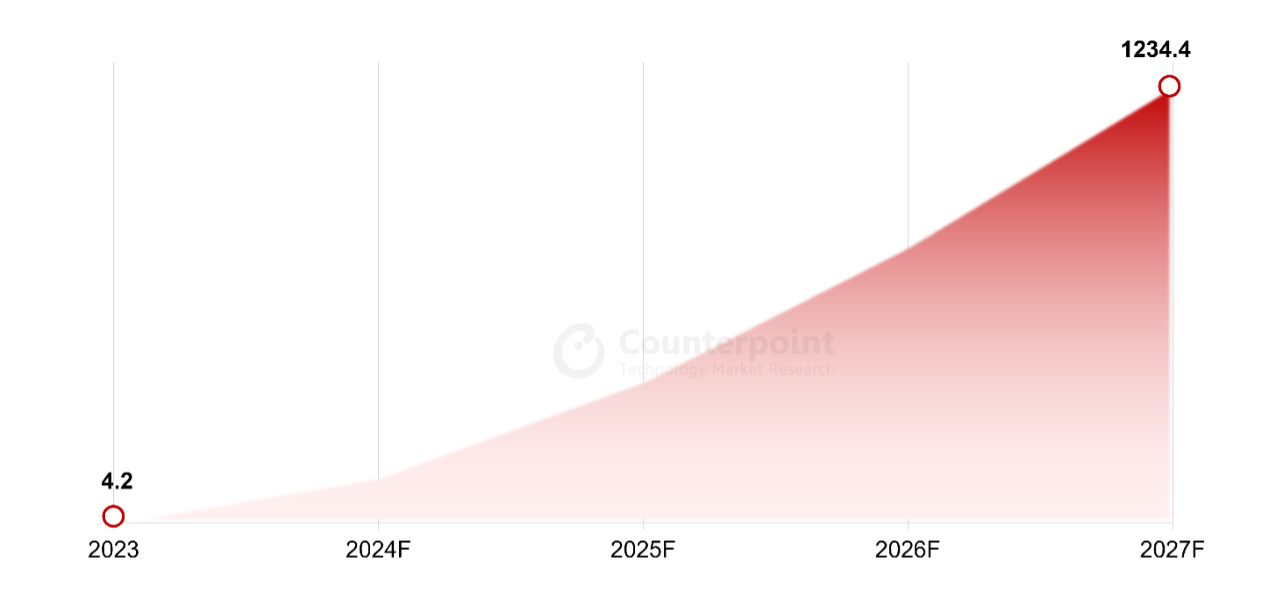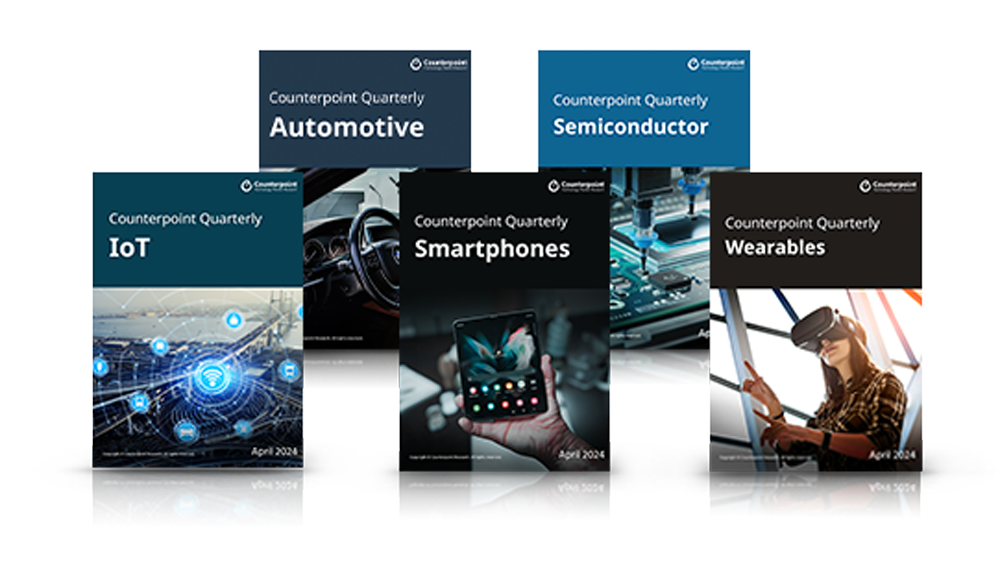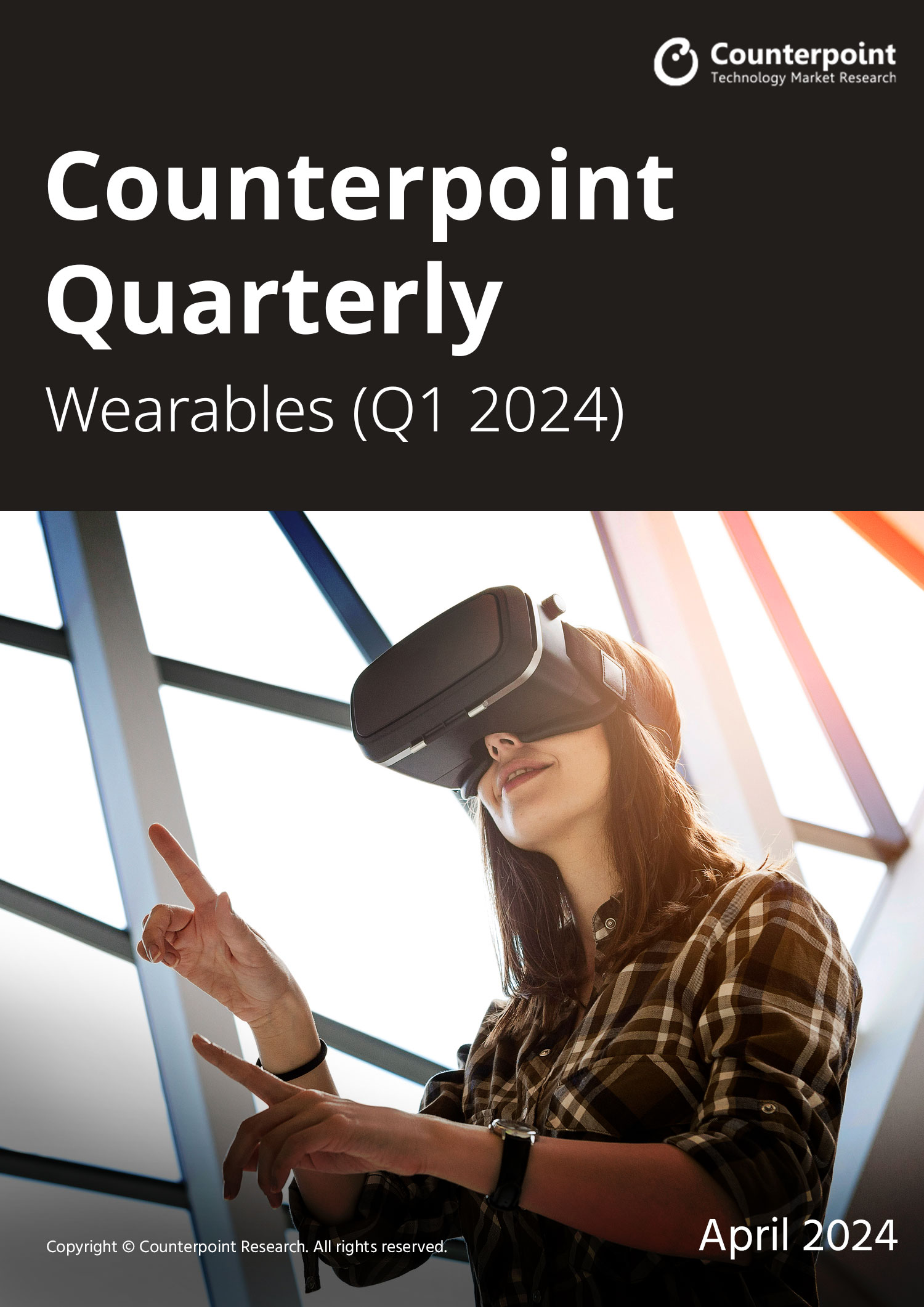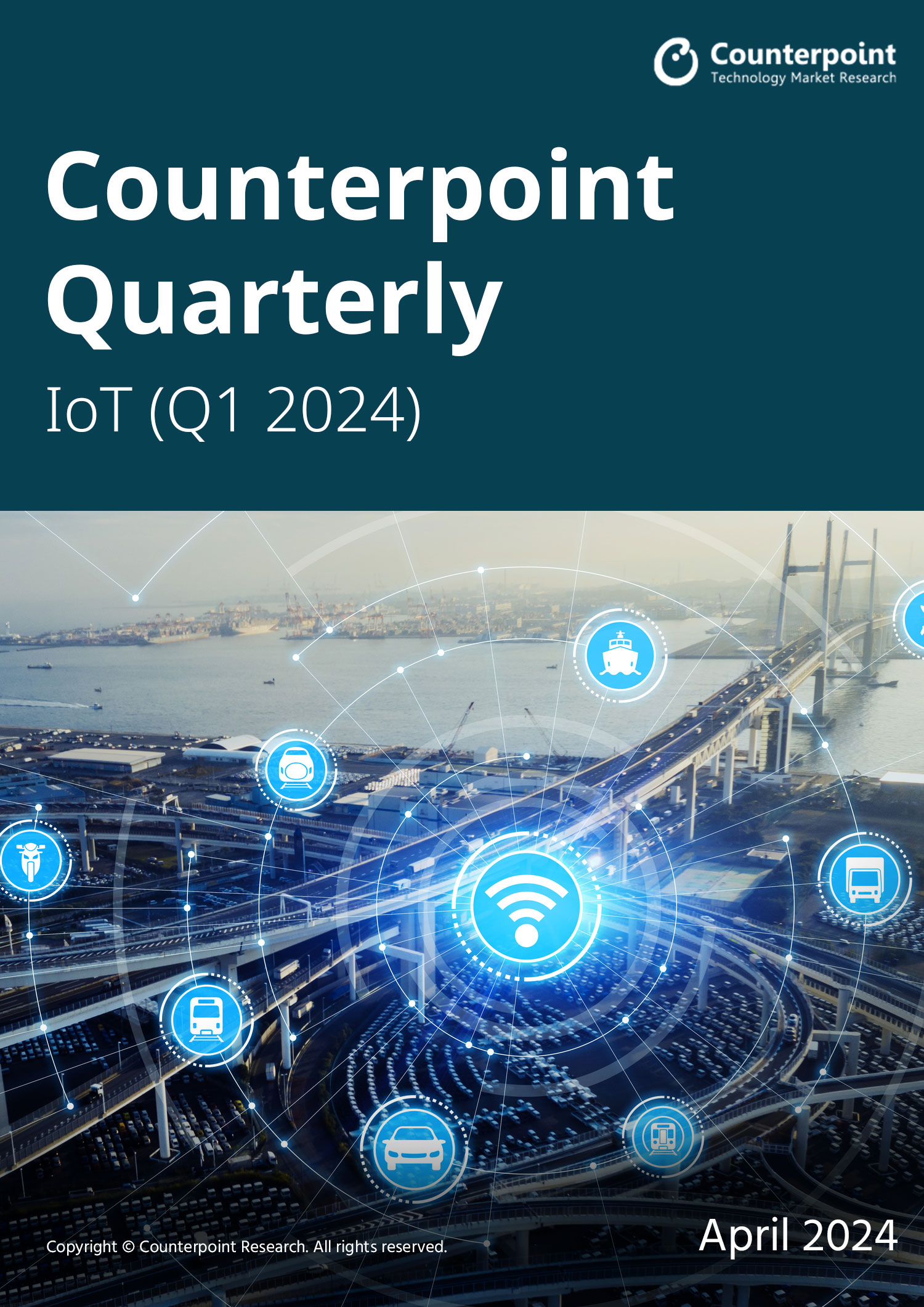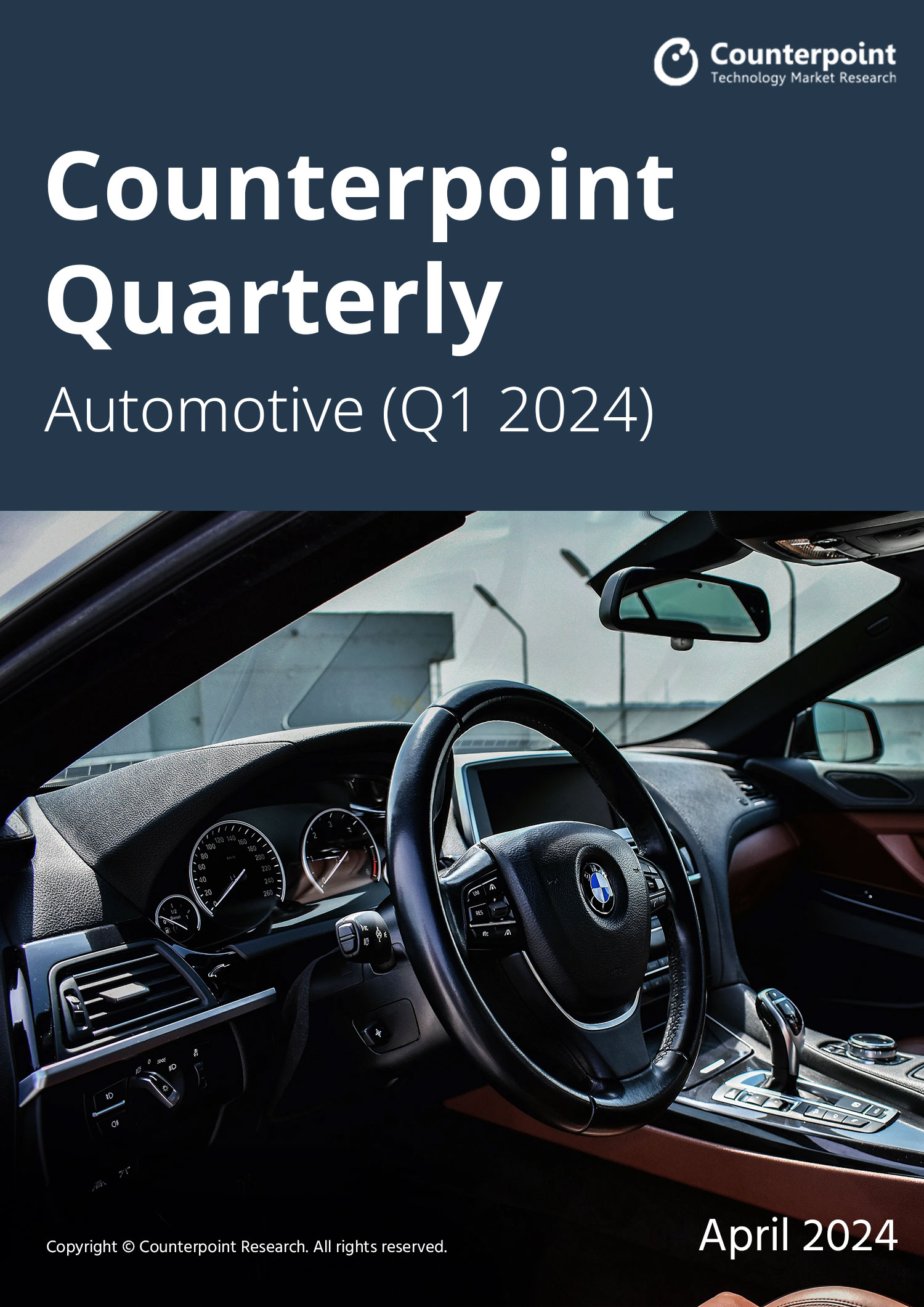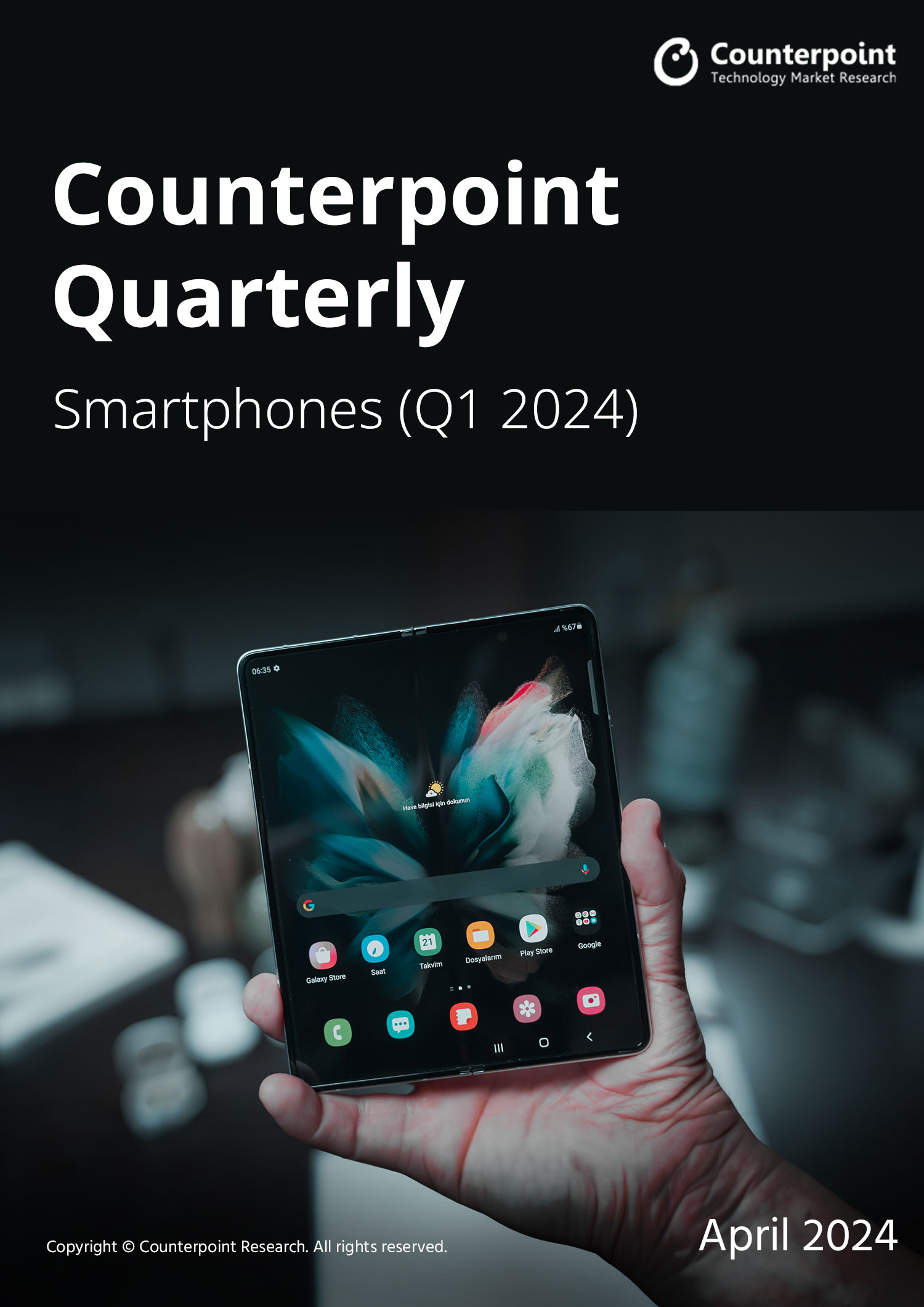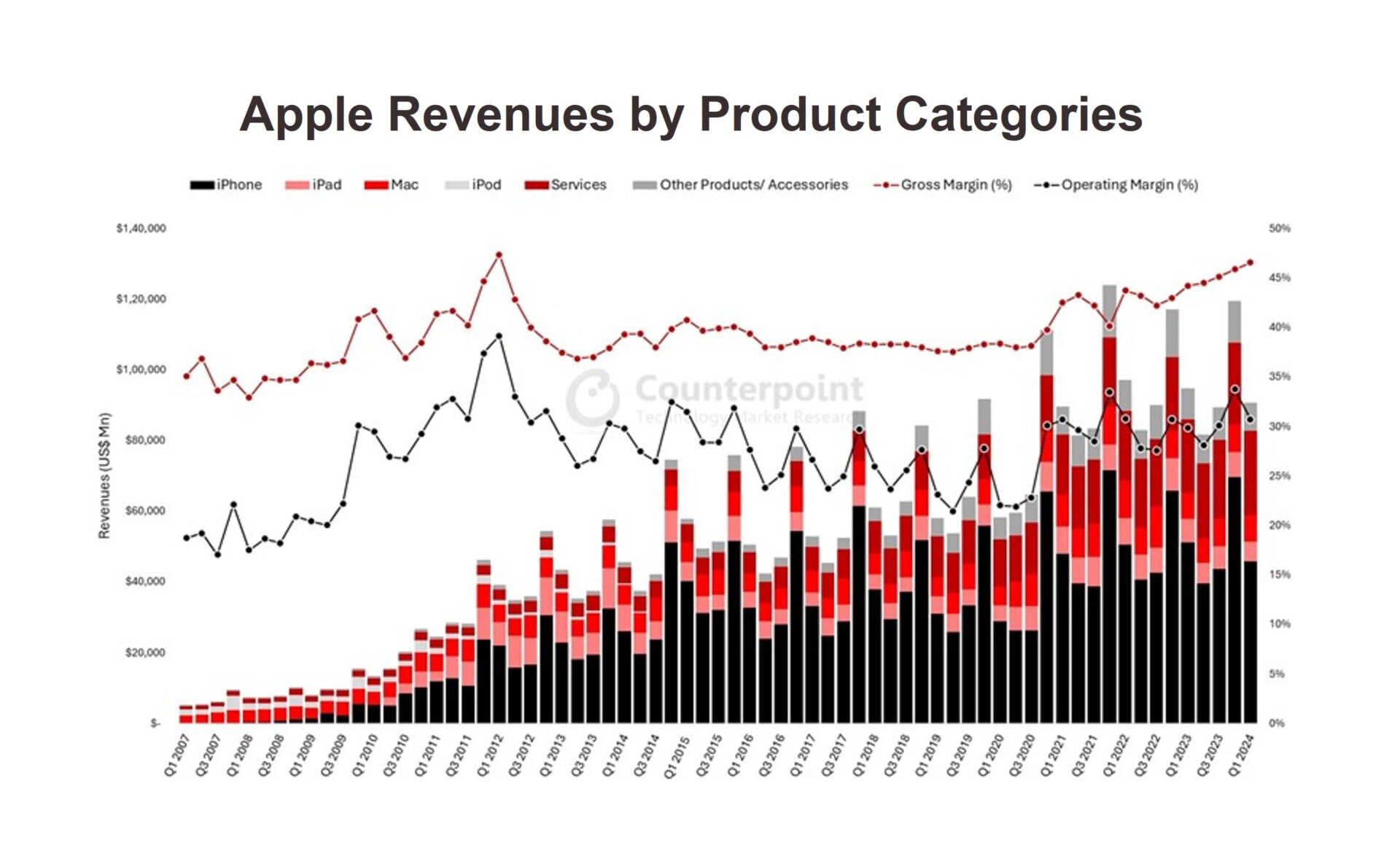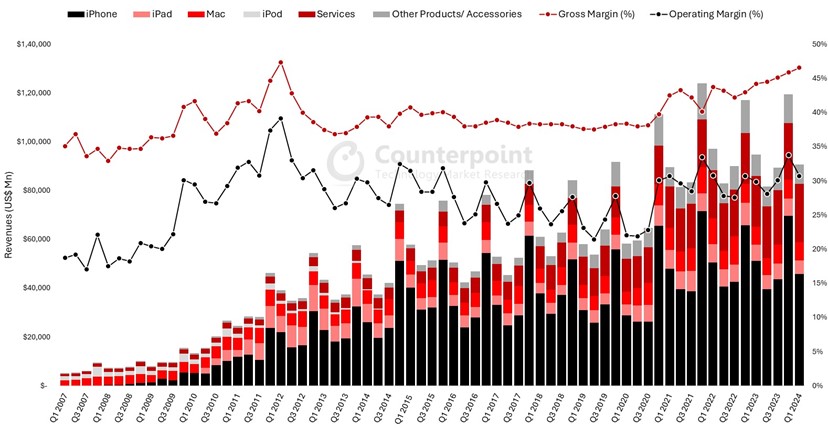- With its TV, Telly wants to change the way users pick TVs and engage with content, by making the TV free and serving ads to monetize its viewer base.
- By signing up, users receive a 55-inch 4K HDR TV with two unique hardware additions – a soundbar and a second screen, used exclusively to serve ads and display other content.
- Telly falls short in providing a holistic entertainment experience due to its reliance on third-party platforms for content delivery.
In the summer of 2023, a new company in the US announced a beta program for its smart TV platform, Telly. With its TV, the company wants to change the way users pick TVs and engage with content, by making the TV free and serving ads to monetize its viewer base. After participating in the beta program for over six months, a comparison with a traditional smart TV, TCL’s QM8 in this case, is warranted.
A new way to buy TV
At the core of Telly’s value proposition is the fact that users signing up for the beta program receive the TV for free at their homes. As part of the agreement between the user and the company, certain usage requirements are laid out, such as placing the TV in a prominent position in the main TV consumption area.
By signing up, users receive a 55-inch 4K HDR TV with two unique hardware additions. The Telly TV features a soundbar integrated below the screen. Below that, Telly integrates a second screen, used exclusively to serve ads and display other content, from weather and sports to games. The combination of the three hardware components turns Telly into a much taller TV than users might be accustomed to.

Second screen – the key to everything Telly wants to achieve
The key to Telly’s value proposition is the second screen. Not only is it used to manage multiple inputs, but it also always displays additional, dynamic content – similar to widgets on smartphone home screens. Users can pick stock information, weather information, sports scores and news to display below the main screen. The selection process happens in the mobile app after signing in.
In addition to displaying information and ads, the second screen can also be used to play games, like Flappy Birds, while the main screen displays other content. Music apps can also be similarly integrated into the second screen, allowing users to listen to music while watching content on the main screen on mute. The versatility of content combinations enabled by the two screens sets the TV apart from traditional TV configurations.
Comparison with TCL’s QM8 QLED Google TV
Comparing a device like the Telly TV with other TVs is always going to be a slightly uneven comparison. After all, Telly is in beta and many software updates have been pushed to the device to enhance its usability and eliminate bugs.
However, it is important to use a comparison to illustrate where additional improvements are necessary for such a platform to succeed, and to highlight the advantages traditional smart TVs have. Here, we compare the Telly TV with TCL’s QM8 QLED Google TV, which utilizes its in-house display technology combined with third-party platforms, like Google TV.
1. Display quality and brightness
The Telly TV and TCL QM8 both offer impressive display quality, but the QM8 takes the lead. It gets significantly brighter in both HDR and SDR content, making it ideal for well-lit rooms. The QM8’s Mini LED backlight technology provides more dimming zones, resulting in less blooming around bright objects. Telly’s display performance is impacted by the second screen, which gives off a constant source of light, and while contextual dimming has improved since launch, it can still be distracting.
2. Color gamut and volume
When it comes to color, the QM8 wins again. It boasts a wider color gamut and color volume, delivering vibrant and accurate colors. Whether watching movies or playing games, the QM8’s color reproduction is excellent.
3. Local dimming and reflection handling
The QM8 outperforms the Telly TV in local dimming. Its local dimming feature has many more zones, ensuring better contrast and deeper blacks. The difference between panels is noticeable.
4. Unique features
Telly’s second-screen widget responsiveness has been frustrating. Information on the widgets is frequently delayed, like for sports scores. This sluggish responsiveness defeats one of the key benefits of having the second screen always visible. It is an area where Telly could improve through software updates or optimization to enhance the overall user experience.
While TCL’s TV lacks unique hardware, the display quality, viewing angles and integrated content platform present an overall harmonic experience by giving users integrated access to the Google TV ecosystem of apps.

Overall Telly experience is underwhelming
Telly falls short in providing a holistic entertainment experience due to its reliance on third-party platforms for content delivery. Unlike TCL’s QM8, the Telly TV lacks its own content platform, necessitating users to rely on various third-party devices to access streaming services. Not only does this require multiple remote controls, as third-party integration is not yet available, but also creates a two-fold user interface – Telly’s and which content streaming device is being used.
All this can lead to a fragmented user experience, where accessing different content requires navigating through multiple apps or interfaces. Moreover, the absence of a unified content platform may limit the availability of certain titles or features compared to platforms like Google TV, which offer a comprehensive library of content and integrated services.
Furthermore, without its own content platform, Telly may face challenges in providing tailored recommendations or personalized content suggestions based on user preferences and viewing habits. Platforms like Google TV leverage advanced algorithms and AI to deliver customized recommendations, enhancing the overall viewing experience.
The integrated backlighting on the TV is a nice touch but provides little value as it is not adaptive to scenes on the screen and stays in one color. Again, the lack of streaming platform integration shows itself as a limitation.
The front-facing soundbar is also a mixed bag. Great, if the user doesn’t have a dedicated bar, but the sound isn’t great. Integrating an external speaker is, once again, a work in progress at best.
North America TV market outlook for 2024
Telly launched its beta program with the ambition of signing up 500,000 users. Counterpoint expects the North American smart TV market to grow 1% in 2024, from the 47 million smart TVs sold in 2023. A completely exhausted beta program would still relegate Telly to being a small part of the overall TV market. For its business model to be viable, Telly would need to grow its user base significantly to create a big enough pool for advertisers to take notice, in a market dominated by Samsung, TCL and LG and platforms like Roku and Google TV.
Conclusion
In essence, while the Telly TV offers unique features such as a second screen and streaming flexibility, its reliance on third-party platforms for content delivery diminishes the overall user experience. In contrast, the TCL QM8’s integration of Google TV ensures a seamless and comprehensive entertainment experience, making it a better option for users seeking convenience, accessibility and quality content delivery.
Telly, at this stage, is a device platform for the adventurous, first-mover user who is willing to grow with the platform and participate in changing features and providing ongoing feedback. Time will tell whether more users are comfortable accepting a constant stream of advertising to pay for a new TV.


















